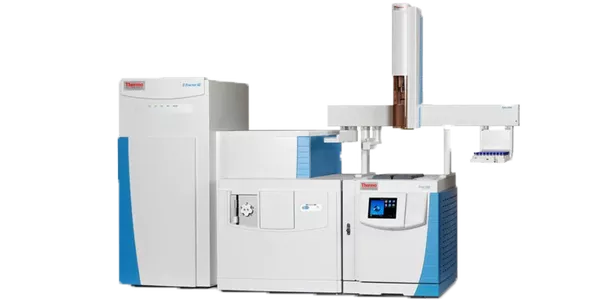
Breath Analysis Products
Build your own Breath Biopsy® Services analysis solutions with TD-GC-MS or FAIMS technologies
INTRODUCTION
Bringing Breath Biopsy in-house
If you are interested in conducting your own chemical analysis of breath samples collected with our Breath Biopsy tools, we can support you to acquire thermal desorption gas chromatography mass spectrometry (TD-GC-MS) or field asymmetric ion mobility spectrometry (FAIMS) platforms.
TD-GC-MS for biomarker discovery and validation
GC-MS is widely viewed as the gold standard for biomarker identification and validation in breath research. By providing versatile high-sensitivity detection capabilities that can be adapted to a wide range of VOC species, GC-MS is the core technology behind our own Breath Biopsy Services. Through our partnership with Thermo Fisher Scientific™ we can help you to build a platform to get the best results from your Breath Biopsy samples.
- Gold standard biomarker discovery and validation
- High-resolution accurate mass (HRAM) analysis
- High sensitivity, quantitative compound detection


FAIMS for rapid, portable biomarker detection
We have developed our proprietary FAIMS technology to provide high-sensitivity, fast, reliable and accessible compound detection. FAIMS has been applied for VOC biomarker detection with urine, feces, blood and breath samples, and is in widespread use for a range of industrial chemical detection applications.
FAIMS provides an ideal solution for the detection and analysis of characterized biomarkers and allows you to tune your detection protocol for biomarkers of interest.
- Adjustable to biomarkers of interest
- Fast, high sensitivity results
- Adaptable and portable for clinical implementation
We have developed the Breath Biopsy VOC Atlas as a rich reference database of breath-related volatile organic compounds (VOCs) and their concentrations across different populations, and study cohorts. The database, search interface, and analytics tools present high-confidence VOCs alongside their clinical, chemical, and biological context, and can be used to support breath research for multiple purposes.
